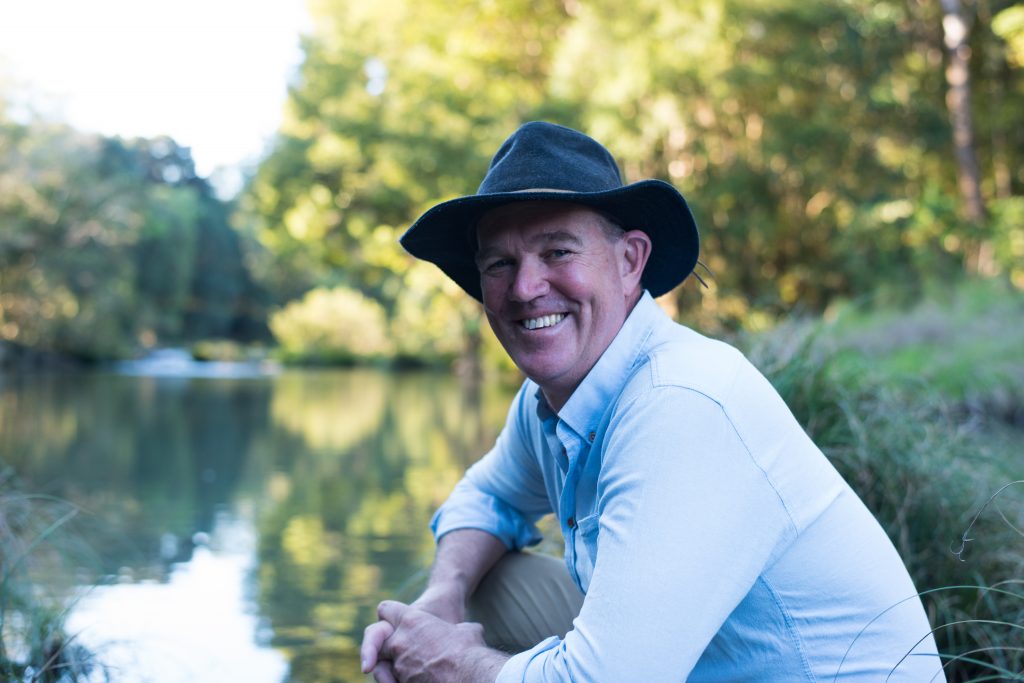A Griffith University research team are finalists in the 2017 Australian MuseumEurekaPrizes for their work aimed at improving Great Barrier Reef water quality.
The team, led by Associate Professor Andrew Brooks of the Griffith Centre for Coastal Management, has transformed how sediment sources are identified and targeted, resulting in a significant shift in government policy and practice.
As finalists in theNSW Office of Environment and HeritageEurekaPrizefor Environmental Research category, the team will attend the Award Dinner in Sydney in late August.
Along with climate change, poor water quality from catchment runoff is a key threat to the Great Barrier Reef.
Associate Professor Brooks said catchment models had been central to focusing management efforts but models were only as good as the data they were built on.
Griffith undertook a comprehensive research program, funded through the Australian Government’s Reef Rescue program, within the Normanby Basin in Cape York, the fourth largest catchment draining to the Reef.
The program set out to build a catchment model from the ground up, including understanding the fate of sediment from the catchment right to the reef lagoon.
Associate Professor Brooks said this was the first example of such a model being built for a Great Barrier Reef catchment.
The study combined a range of innovative field and remote sensing techniques to quantify sediment sources and sinks across this 24,500 square kilometre catchment. The catchment is slightly smaller than Belgium and much of it is only accessible by helicopter.
“Our research in Cape York using multiple lines of field and remote sensing evidence completely changed our understanding of where the sediment was coming from,” he said.
“We now know that aggregations of gully erosion — or gully hotspots – concentrated in a few per cent of a catchment’s land area, can be the source of 40% of its sediment output.”
“Now we can much more effectively target our rehabilitation resources and get on with the urgent task of improving Reef water quality.
“Consequently our understanding of how management actions need to be targeted has also been completely reversed. Our research also showed how such gullies can be remediated, and what is required in terms of resources and effort to achieve the required sediment and nutrient reduction targets for the Great Barrier Reef.”
For more on Associate Professor Brook’s important research, watch his remarkable story here.


